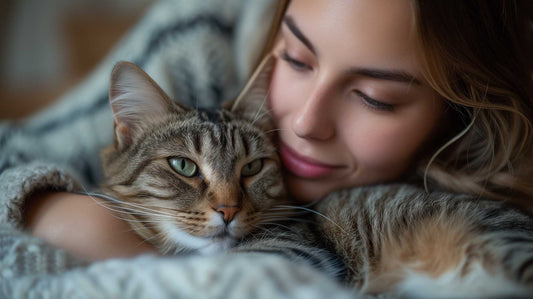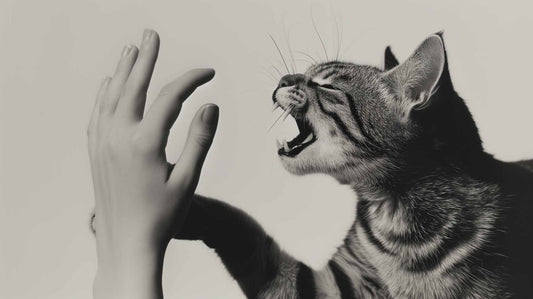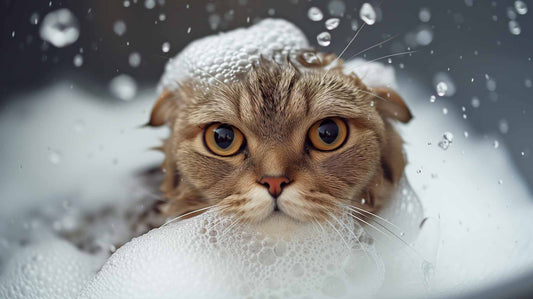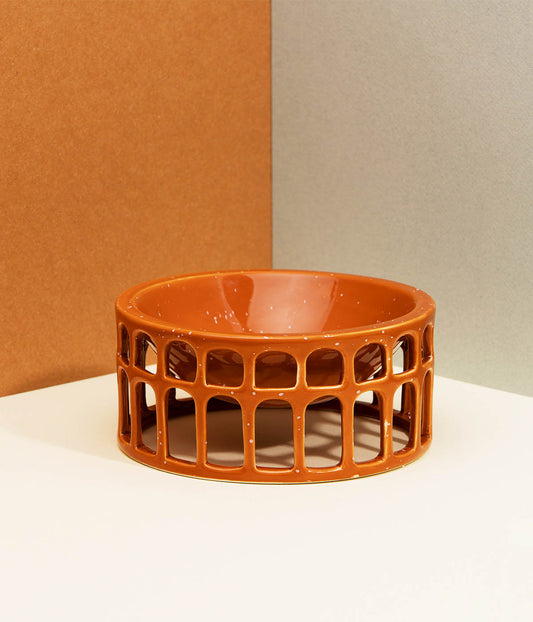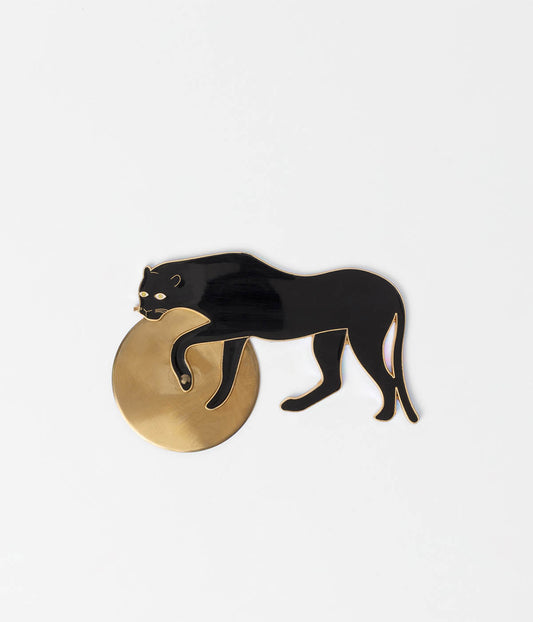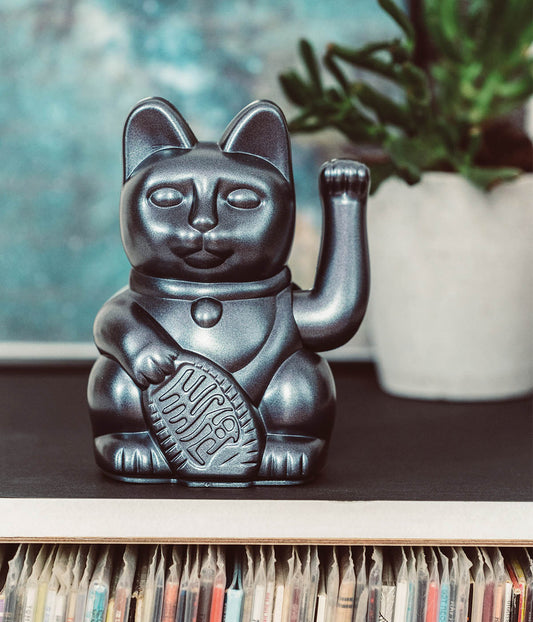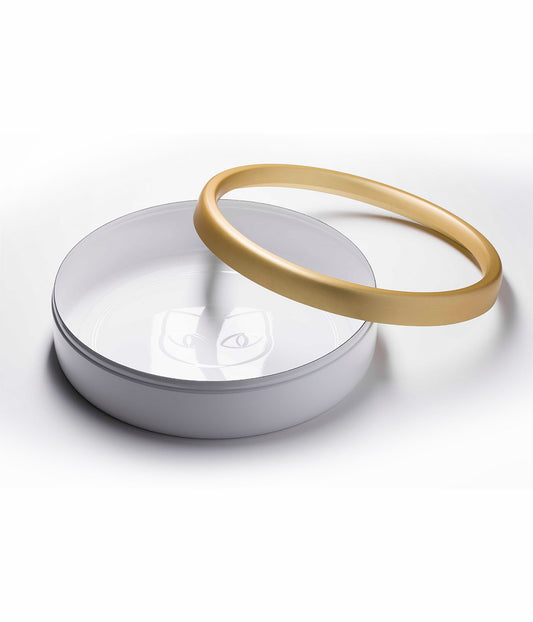
The Most Effective Way to Transition Your Cat to New Food
Marie DuchessAs a responsible cat owner, you want to ensure that your feline friend is getting the best nutrition possible. Sometimes, that means transitioning them to a new type of cat food. Whether you're switching to a different brand or introducing a new flavor, it's important to do so gradually to avoid upsetting your cat's delicate digestive system. In this blog post, we will discuss the most effective way to transition your cat to new food, ensuring a smooth and successful switch.
Why is a gradual transition important?
Cats are creatures of habit, and sudden changes in their diet can lead to digestive upset, including diarrhea and vomiting. By gradually introducing the new food, you allow your cat's digestive system to adjust to the change, minimizing the risk of gastrointestinal issues. Additionally, a gradual transition can help prevent your cat from rejecting the new food altogether.
Step 1: Start with a small amount
Begin by mixing a small amount of the new food with your cat's current food. Start with a ratio of 75% old food to 25% new food. This will allow your cat to become familiar with the new scent and taste without overwhelming their system. Observe your cat's reaction to the new food during this initial phase.
Step 2: Increase the ratio gradually
Over the course of 7-10 days, gradually increase the ratio of new food to old food. For example, on day 4, you can switch to a 50/50 ratio, and on day 7, you can switch to 25% old food and 75% new food. Pay close attention to your cat's behavior and stool consistency during this period. If you notice any signs of digestive upset, slow down the transition process.
Step 3: Monitor your cat's response
Throughout the transition process, it's crucial to monitor your cat's response to the new food. Keep an eye out for any changes in appetite, energy levels, or litter box habits. If your cat shows signs of distress or refuses to eat the new food, consult your veterinarian for guidance.
Step 4: Complete the transition
Once your cat has successfully adjusted to the new food, you can complete the transition by eliminating the old food entirely. Your cat should now be eating the new food exclusively. Remember to provide fresh water at all times and consult your veterinarian if you have any concerns about your cat's health or nutrition.
By following these steps and taking the time to transition your cat to new food gradually, you can ensure a smooth and successful switch. Remember, every cat is unique, and the transition process may vary depending on their individual needs. Patience and observation are key to making the change as stress-free as possible for your feline companion.

